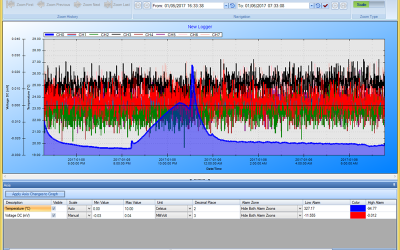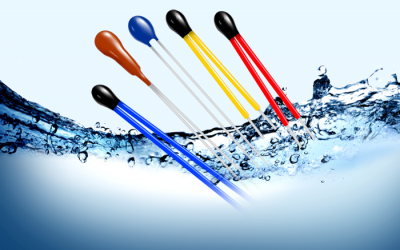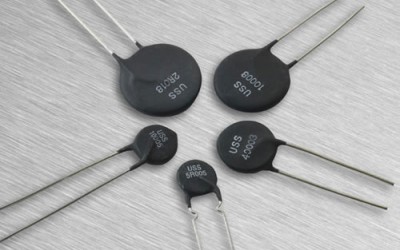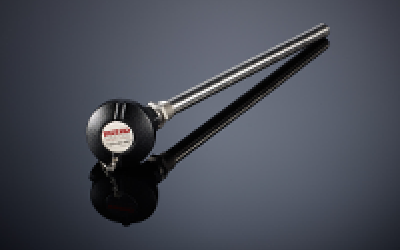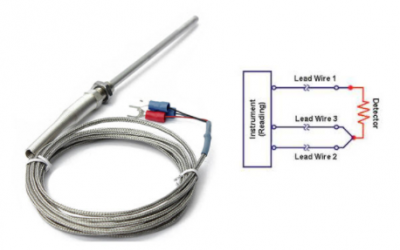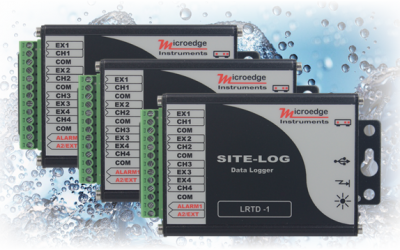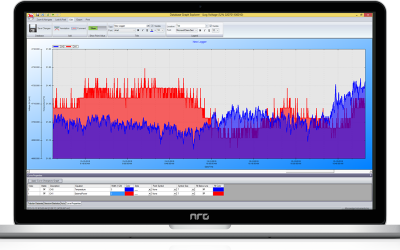What is a Thermistor?Thermistors (thermal resistors) are temperature dependent variable resistors. There are two types of thermistors, Positive Temperature Coefficient (PTC) and Negative Temperature Coefficient (NTC). When the temperature increases, PTC thermistor resistance will increase and NTC thermistor resistance will decrease. They exhibit the opposite response when the temperature decreases. Both types of thermistors are used in a variety of application areas. However, here the focus will be on using NTC thermistors to measure temperature in microcontroller based applications. Thermistor SpecificationsThe following NTC thermistor parameters can be found in the manufacturer's data sheet. ResistanceThis is the thermistor resistance at the temperature specified by the manufacturer, often 25°C.ToleranceIndicates how much the resistance can vary from the specified value. Usually expressed in percent (e.g. 1%, 10%, etc). For example, if the specified resistance at 25°C for a thermistor with 10% tolerance is 10,000 ohms then the measured resistance at that temperature can range from 9,000 ohms to 11000 ohms.B (or Beta) constantA value that represents the relationship between the re...
